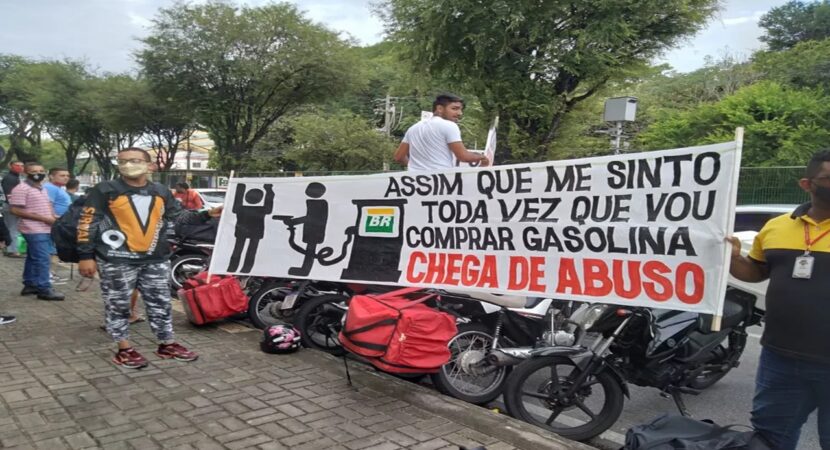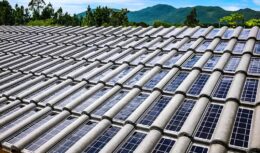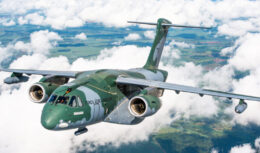
Skyrocketing fuel prices squeeze profit from app drivers and motoboys – who choose races and think about leaving the profession
The unsustainable price of gasoline, ethanol and CNG fuels – the most used by Uber and 99 app drivers, and Rappi and iFood motoboys, makes life even more difficult for these workers, who already suffered to make a profit from their activities during the coronavirus pandemic. coronavirus. Now with the pandemic and more expensive gasoline, 25% of drivers in São Paulo have given up providing services; for motoboys, the new cost forces them to work longer hours. Since February, ethanol has risen 23% and gasoline has reached almost 10%, according to a survey by the ANP corrected for inflation.
Read also
- Prices of gasoline, ethanol, diesel and CNG keep rising and the newest biomethane fuel came to 'save' application drivers, taxi drivers and workers
- Ethanol and gasoline prices register a smaller increase in the Southeast region and give relief to the pockets of app drivers, taxi drivers and workers
- Ambev, the largest beverage company in the world, invites women to work at home office, hybrid and face-to-face; professionals from all over Brazil can participate
- URGENT selection process demands home office job openings in different areas; professionals in the beginning of their careers, full and senior from any part of the country can participate
- Digital school will promote online, free and certified courses next week with the aim of encouraging knowledge in technology and training professionals for one of the fastest growing sectors in the world
According to data from ANP - National Agency of Petroleum, Natural Gas and Biofuels (ANP), in just four months, the national average value of a liter of ethanol went from R$ 3,54 to R$ 4,36, an increase of 23,1 ,XNUMX% .
Considering the variation since May 2020, when there was the lowest cost level at the height of the crisis, fuel came to cost R$ 2,74. The increase is around 59% compared to the June 2021 price.
The increase in the price of gasoline follows the same path, albeit less aggressively: from February to June, fuel rises from R$5,12 to R$5,69, the equivalent of 9,6%. But, compared with the price of May 2020, when it reached R$ 4,11, the increase goes to 38% against the most recent value.
All comparisons take into account the readjustment for the period's inflation, with prices corrected by the Extended National Consumer Price Index (IPCA), by the IBGE. The percentages, therefore, are based on real increases and based on last month's prices.
Throughout 2020, and as isolation was reduced, the cost of gasoline and ethanol began to normalize. From February onwards, however, the value of inputs broke the pre-pandemic level due to the rise in oil prices, quoted in a well-valued dollar.
Rise in fuel affects workers' profits and 25% of São Paulo's fleet of drivers give up working in the segment
The Association of App Drivers of São Paulo (Amasp) says that, if the pandemic was not enough, affecting workers and the increase in fuel prices, it reduced the work billing of transport app drivers who saw the public disappear. As a result, around 25% of São Paulo's fleet of drivers gave up working in the segment
The entity estimates that 120 workers were circulating in the city at the beginning of 2020. Now, there are around 90. In addition to a smaller supply of drivers, the remaining drivers began to select trips that are more profitable due to the increase in fuel prices.
“We started to discourage drivers from accepting promotional rides, from Uber Promo and 99 Poupa. The transfer to the driver does not pay for 1 liter of gasoline”, says Eduardo Lima de Souza, president of Amasp.
Gasoline represents between 25% and 50% of the daily expense of a motoboy and app driver, respectively.
Of the daily expense of a driver, gasoline represents between 40% and 50%. The fee paid to applications is around 25%. For most drivers, there is still the payment of installments of the vehicle or lease.
The category asks platforms to take one of two possible actions: raise the price of races or reduce the share charged from drivers. Without a change, the fleet could shrink even further.
Working 10 to 12 hours a day – Rosimar Pereira has been a driver for over 20 years, of which six in activity for the main transport applications, says that profits have not exceeded R$ 1,5 since the price of fuel exploded . If you find another job opportunity with a similar salary, it will be one less on the streets of São Paulo. “The car's depreciation would be much lower,” he says.
For motoboys, the fuel share is between 25% and 35% of expenses, depending on how much the professional earns in a day's work. But the fee paid by the apps, bikers say, varies with the demand for applications and the number of available workers.
“What the motorcycle courier does is take it from somewhere else: he stops eating properly, doing the correct maintenance of the vehicle, working longer hours and running more to make more deliveries on the day”, says Edgar da Silva, Gringo, president of Apr.
The increase in motorcycle accidents is blatant. The latest figures from Infosiga SP show that the number of accidents with motorcyclists in the city of São Paulo jumped from 1.011 in April 2020 to 1.584 in June 2021 (up 56,6%). Deaths rose 58,8%, from 17 to 27.
The entity tries to place in the public power three tables with remuneration floor for the services of motorcycle freight forwarders. Minimum values would be established per kilometer driven, waiting time at collection points and service complexity – such as shopping in supermarkets.
Uber, 99, Rappi and iFood speak to the G1 newspaper
"The price of fuel is beyond Uber's control, but we understand the dissatisfaction and work to help partner drivers reduce their fixed expenses", says a note from the company sent to the G1. The financial support given by the company was aimed at drivers who had to stop working due to Covid. The company allocated US$ 30 million for this purpose, but does not specify how many professionals used the service.
99 also does not respond if it intends to reduce the “bite” in the value of the races or readjust the price. “Since February, we guarantee a 10% discount on all fueling at Shell network stations across the country, which has already represented savings of more than R$ 2,5 million. We are also, on strategic dates, zeroing the fees applied to rides, that is, 100% of the amount is passed on to the partner driver. (…) It is important to note that all promotions are subsidized by the platform, at no cost to the partner”, says the company's note.
Rappi says it is “constantly in dialogue with its independent couriers, and attentive to solutions that may benefit them. (…) Freight is calculated taking into account several factors, including weather, day of the week, time of day, delivery zone, distance traveled and order complexity. Shipping is not a line of revenue for Rappi, which always seeks to balance demand and the order delivery calculation criteria. In times of high demand, for example, the amount paid to the courier is higher than the amount paid by the customer”, says the company in a note.
iFood informs that it has a policy of a minimum value of R$ 5,31 per route, in addition to passing on tips in full. The values are, however, variable and consider the distance traveled, the city, the day of the week and the mode used. The company does not answer about the rate adjustment, but says that couriers and family members have access to discounts on the purchase of motorcycle insurance, oil changes, university education and the purchase of electronic products. In addition, it provides accident insurance and access to the private health network at lower prices.













Army summons Brazilians with up to…
Come be a watermelon, you too
Air Force F-16 fighters…
Everything is fine, 100-year secrecy,…
Air Force F-16 fighters…
Well... It's flying scrap... Typical...
Air Force F-16 fighters…
Which genocide are you talking about? Than…
Brazil begins an ambitious journey…
Very poor project with the final station…
I want to register
You have to come back urgently and best of all…
I am a national sailor of conversation 45987187283
This ME initiative is very much…
Congratulations on your evolution
Discovered ten years ago?!?! Everything to call...
Everything said, Toyota is Toyota!
Mercedes wouldn't be what she...